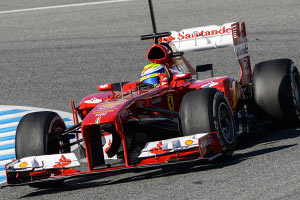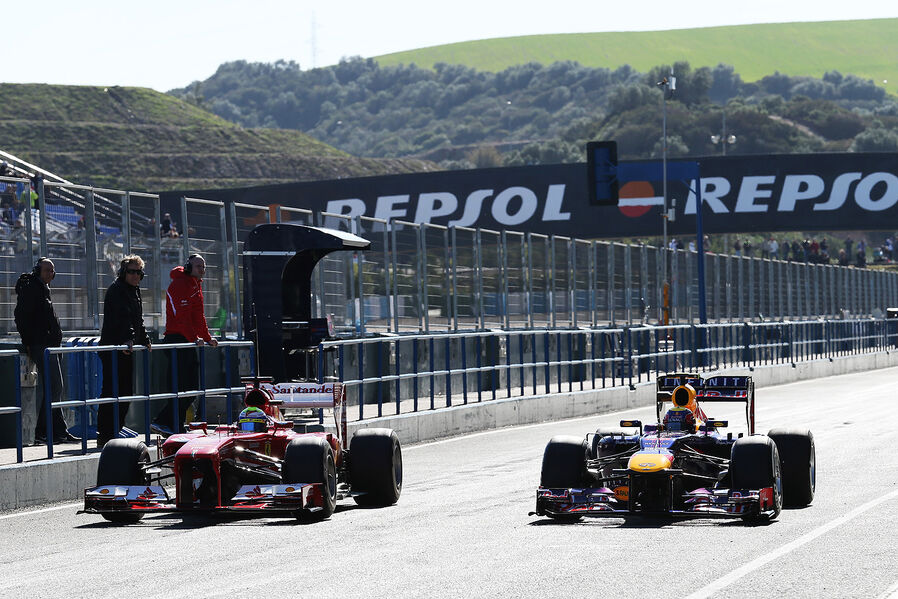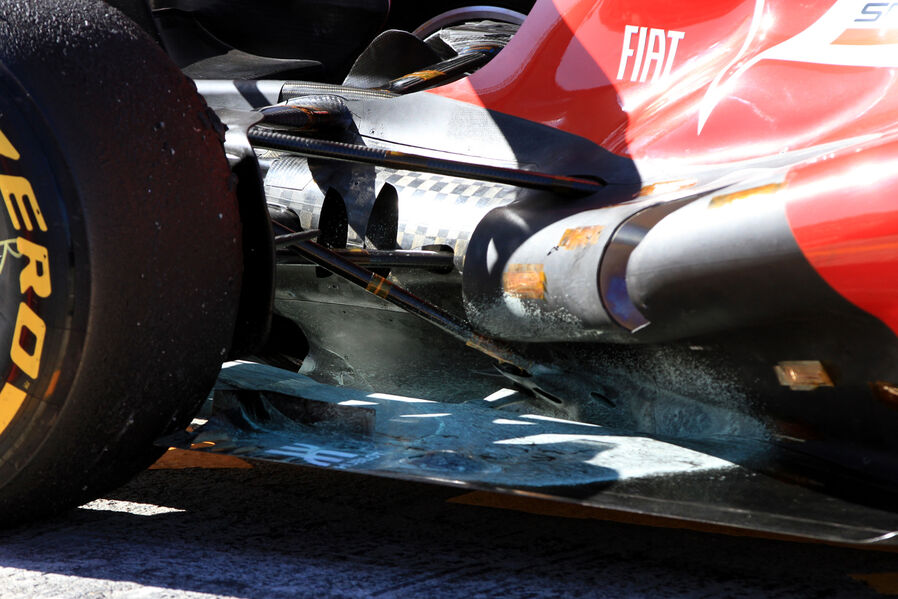I think Ferrari have done a clever rule interpretation that no other team figured out, or at least put into practice. Hypothesis-- The structural part of the front of the Ferrari nose consists of two longitudinal tusks that form the upper parts of the wing pylons. The vanity cover is actually the entire connection between the upper wing pylons. This means the leading edge of the nose (between the pylons) is entirely part of the vanity cover, and is higher than the allowable structural height. If true then this would increase the nose height and thus the airflow under the nose. It would not increase the allowable height under the main chassis, but it would allow more initial flow under the nose. This could also explain the slightly awkward shape of the leading edge of the upper pylons.Lorenzo_Bandini wrote:The nose of this car is very high. The Ferrari looks like a tank
I don't really see any other way the Ferrari nose could be so much higher than the Red Bull. The RB is not leaving much on the table, meaning their nose is about as vertically thin as is practical. And yet the Ferrari nose is significantly higher. Look at some other close-up pics of the Ferrari nose tip and see what you think. One of the criticisms of Ferrari in recent years is lack of creative rule interpretation. The new nose is a potential example of clever and strong thinking to the contrary.














